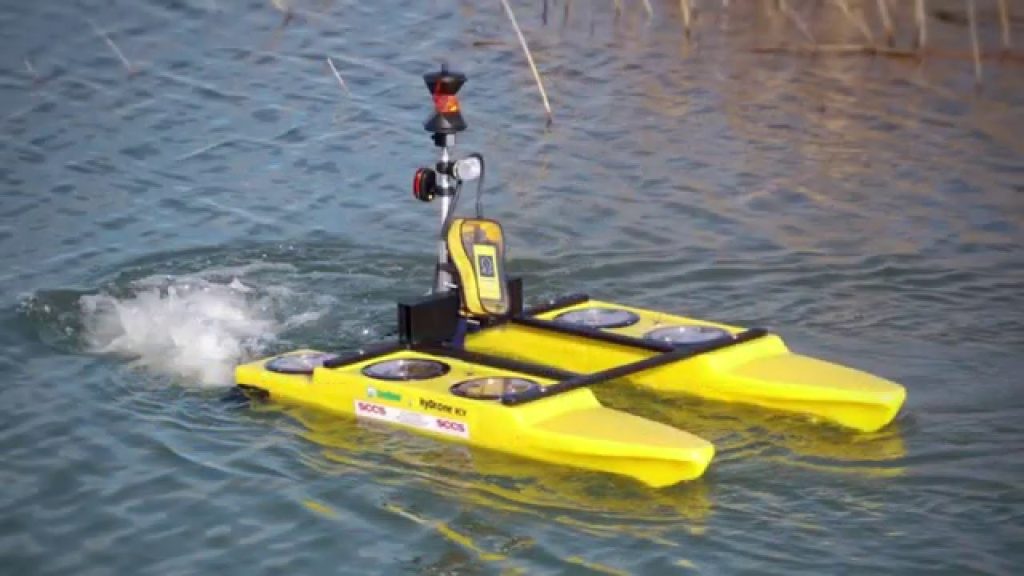Best Practices for Effective Ship Echo Sounder Operation

The ship echo sounders are a critical piece of equipment used for depth measurement in marine navigation, ensuring safe passage and preventing groundings. Effective operation of this device is paramount to the safety and efficiency of maritime operations. Here, we provide an overview of best practices for optimizing the use of ship echo sounder.
Best Practices:
Regular Maintenance:
- Conduct routine maintenance to ensure the echo sounder is in optimal working condition.
- Check transducers, cables, and connectors for wear or damage, and replace them as needed.
- Keep the transducer face clean from fouling and debris that can interfere with accurate readings.
Calibration and Verification:
- Regularly calibrate the echo sounder to maintain accurate depth measurements.
- Verify the system’s accuracy by comparing its readings with manual depth measurements or charts.
Use Correct Frequency:
- Choose the appropriate echo sounder frequency based on the depth of the water and the specific conditions of the area.
- Lower frequencies are suitable for deep waters, while higher frequencies provide more precise readings in shallow waters.
Sound Velocity Profiling:
Measure and input accurate sound velocity profiles for the water column to correct depth measurements, especially in areas with varying salinity and temperature.
Data Recording and Logging:
Maintain a thorough record of depth soundings and related data for navigation purposes and potential investigations in case of discrepancies or incidents.
Regular Soundings:
- Continuously monitor depth soundings, especially in shallow or poorly charted waters, to ensure safe passage.
- Use multiple depth readings to cross-verify and validate depth measurements.

Situational Awareness:
Pay attention to the ship’s speed and the vessel’s draft, as these factors can affect the accuracy of echo sounder readings, especially in shallow waters.
Chart Corrections:
Keep navigational charts up to date and apply necessary corrections to ensure accurate depth information.
Training and Familiarization:
Ensure crew members responsible for operating the echo sounder receive proper training on its use and troubleshooting procedures.
Redundancy and Backup:
Maintain redundancy by having backup echo sounders or depth measurement equipment onboard to mitigate system failures.
Safety Protocols:
Implement safety protocols and procedures to respond effectively to emergencies or equipment malfunctions involving the echo sounder.
Environmental Considerations:
Be aware of environmental factors that can affect echo sounder performance, such as water conditions, temperature, and marine life.
Conclusion:
Effective operation of a ship echo sounder is essential for safe and efficient maritime navigation. Adhering to these best practices, including regular maintenance, calibration, and accurate data recording, ensures that this critical instrument performs reliably, reducing the risk of navigational hazards and grounding incidents at sea. Crew training and situational awareness also play vital roles in maximizing the benefits of echo sounder technology in marine operations.














:max_bytes(150000):strip_icc()/FUNERAL_FLOWERS-56a274ec5f9b58b7d0cabeac.jpg)



